Slobot About Town CXXIX:
 |
 |
Slobot goes to Bull Street, pt. 01!
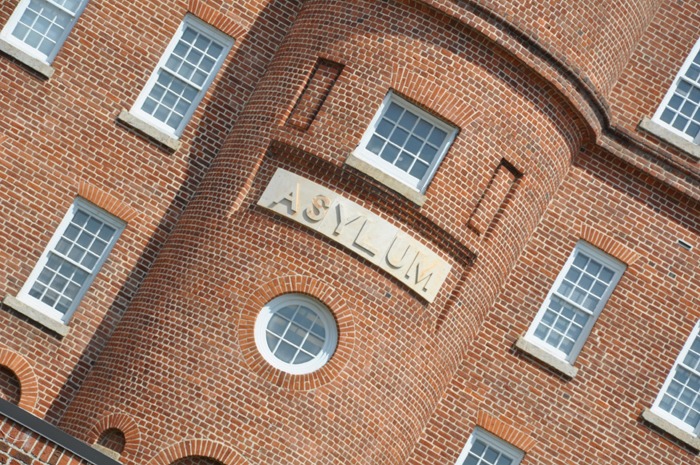
Slobot had spotted a most interesting sign.
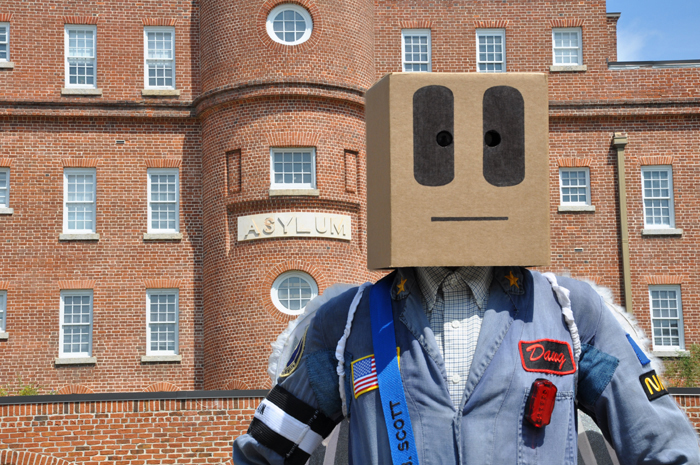
The building upon which ASYLUM is stamped is the Old Asylum of the South Carolina State Hospital on Bull Street in Columbia. The hospital's history can be traced to 1821 when the South Carolina State Legislature passed a bill to build "a Lunatic Asylum." |
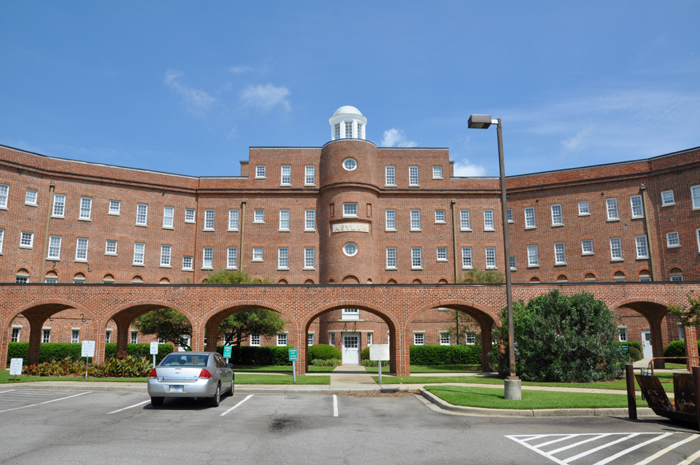
The cornerstone of the Asylum was laid, with full Masonic ceremonies, on July 22, 1822. The architect - and Mason - behind the building was Robert Mills (1781-1855). Robert Mills had studied under Charleston's James Hoban, architect of the White House. Mills would later become famous for designing another Washington, DC monument, the Washington Monument! The Asylum, as it was known, is today known as Mills in honor of its celebrated architect. |
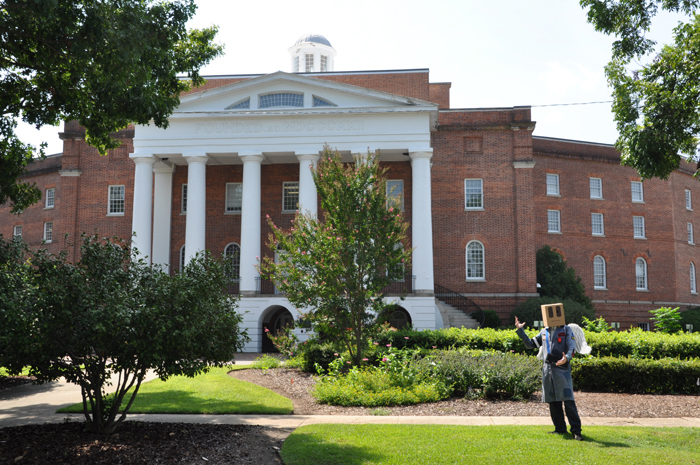
The Asylum's first patient would be admitted on December 12, 1828. Within a decade the Asylum reached capacity and so was expanded in 1838 and again in 1844. The Old Asylum would continue to serve a variety of patients until 1937. Today the Mills Building, and its annex, house the offices of the Department of Health and Environmental Control (DHEC). |
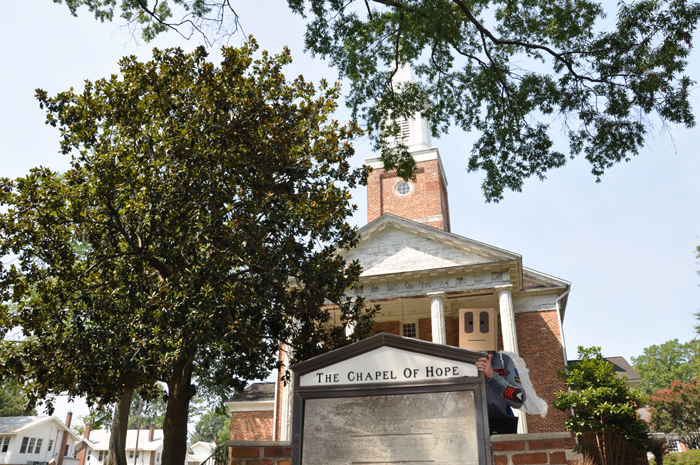
The Bull Street campus also has its own nondenominational church, the Chapel of Hope.
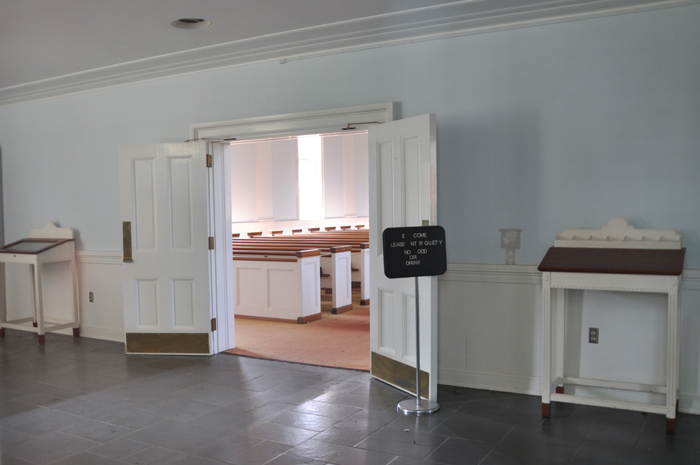
The chapel can hold some 600 people and, thanks to a moveable altar, can accommodate a variety of Jewish, Catholic and Protestant services. |
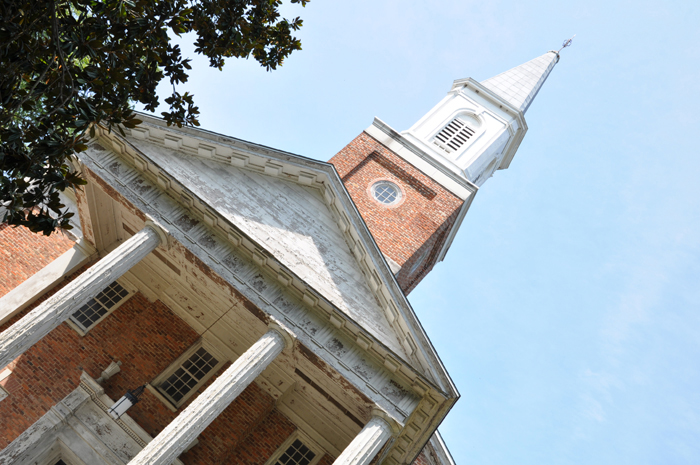
The chapel, built between 1963 and 1965, is made from bricks that formerly comprised a wall- a wall torn down by the Department of Mental Health in order to make the campus a little less cloistered from the reminder of Columbia. |

Across the street from the Chapel of Hope are the Benet Auditorium and the Horger Library. Benet, built in 1956, served as the original non-denominational church. |
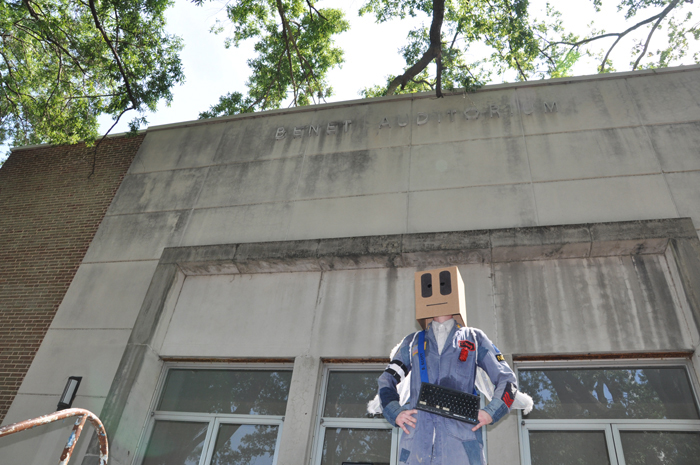
Benet, named for Christie Benet, a former superintendent of the South Carolina State Hospital, once screened films and ran productions. |

Next door to the Benet is the Horger Library, also built in 1956. Horger is named for former staff physician Dr. Eugene Leroy Horger. Reading was emphasized and key to a patient's recreational therapy. Benet and Horger would, along with most of the Bull Street campus, close in 2004-05. |
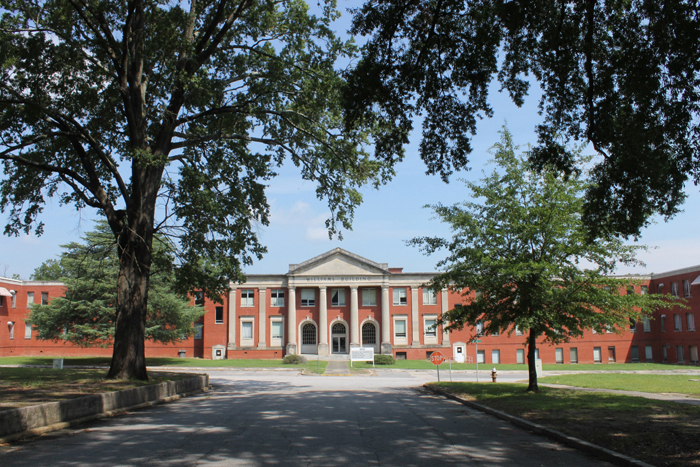
Near Benet and Horger stands the stately Williams Building.
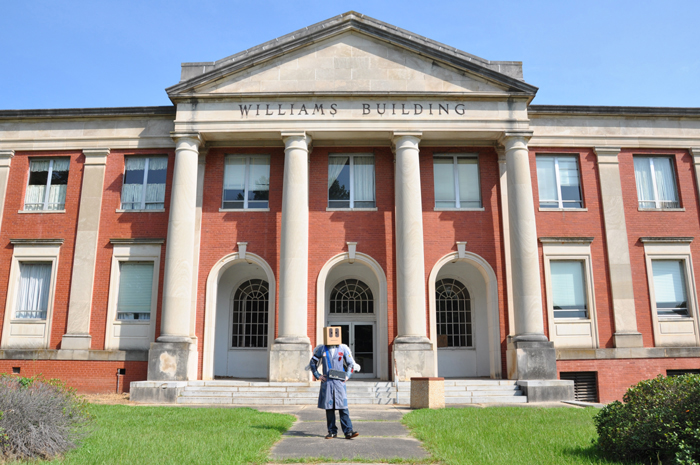
The Williams Building was built ~1938.

Williams is slated to survive the development awaiting Bull Street. That development comes courtesy of Bob Hughes of Greenville, who is in the process of purchasing the 165-acre Bull Street campus. |
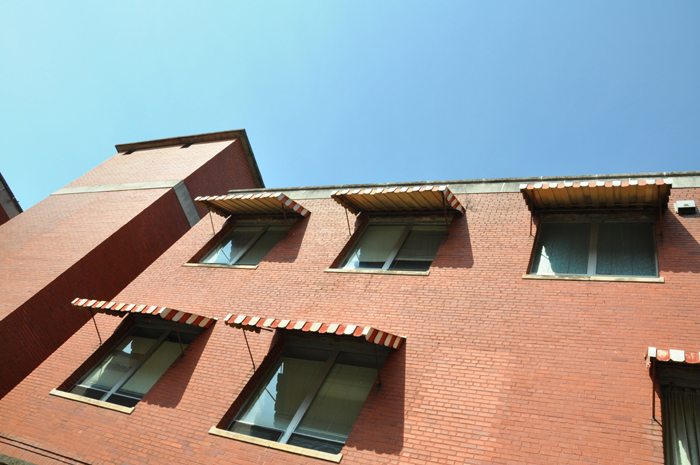
Upon development Williams is possibly poised to become a cinema, which would be appropriate as Williams was once featured in a film! |
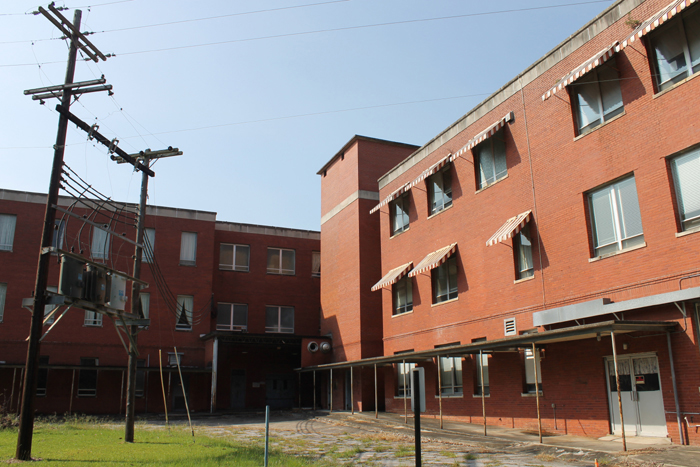
That film was the 2007 Kevin Bacon vehicle Death Sentence.
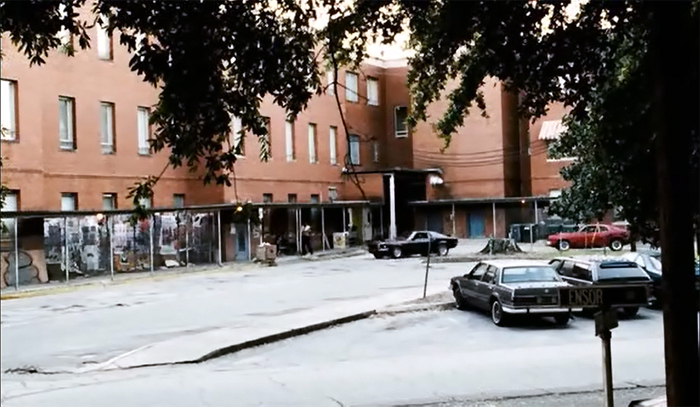
Here we see the bad guys' hideout (AKA "the Williams Building"). |
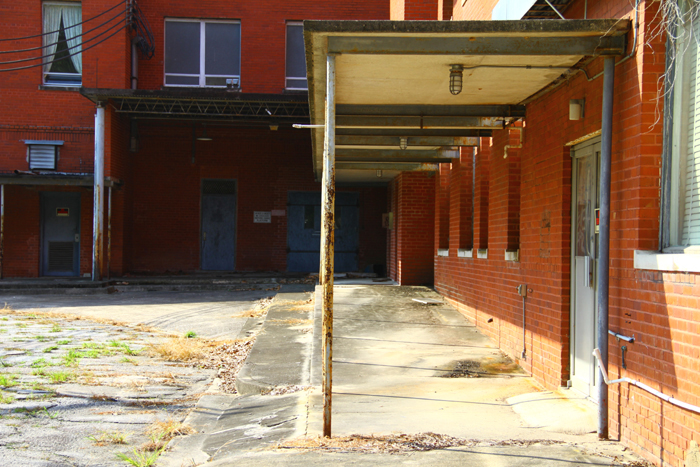
Also filmed, in part, at the Williams Building was the as-yet-unreleased David O. Russell film Nailed.
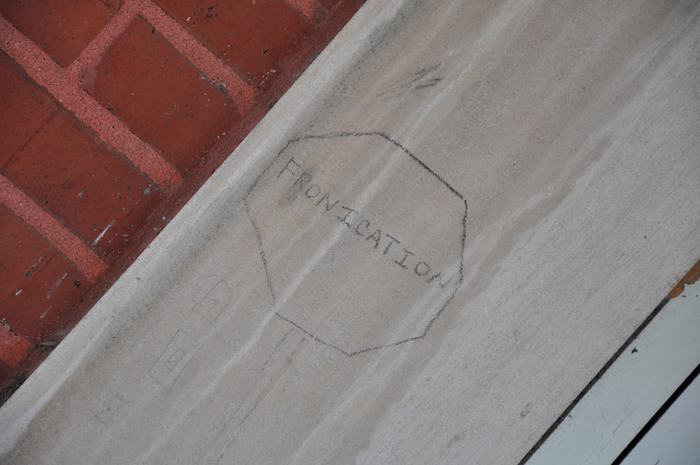
Nailed was filmed in 2008 at a variety of Columbia locales such as the State House.
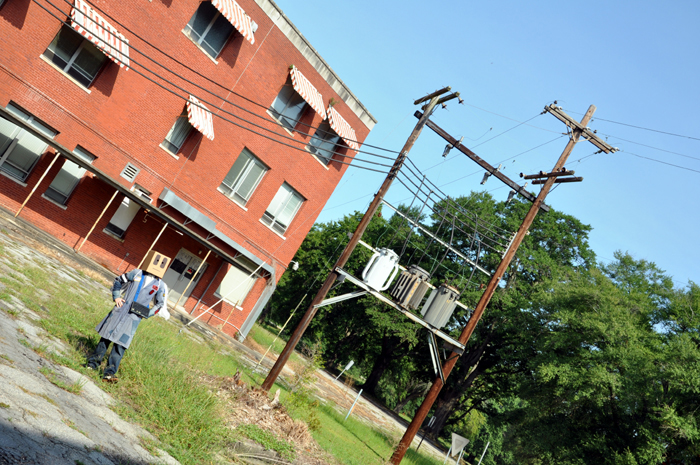
Rumors dogged production, the first being that actor James Caan dropped out of the project.

As of 2014 the film, which also starred Paul Reubens and Tracy Morgan, appears to be dead in the water, never to be released. |
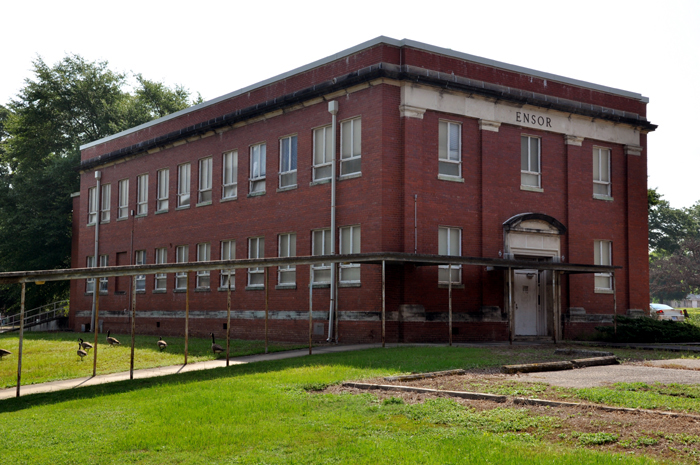
Speaking of dead, next door to the Williams is the Ensor Building, which once held a mortuary. Ensor was conceived of as a research laboratory. In 1938 the SC General Assembly approved the plan and Ensor was completed by 1939. |
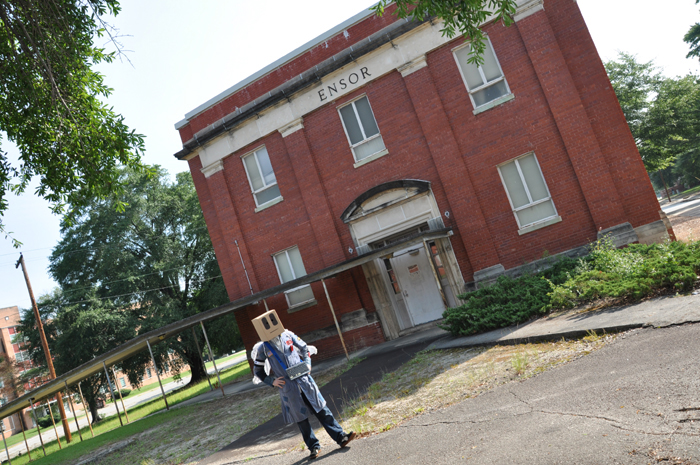
Joshua Fulton Ensor had served as the second superintendent of the South Carolina Lunatic Asylum in the 1870s. Ensor, at its 1939 opening, featured research laboratories, a parasitology department, an animal holding room, an animal operating room, and a five-body capacity morgue. Ensor served as morgue until ~1995. It is unknown if Ensor will survive the development of the Bull Street campus. |
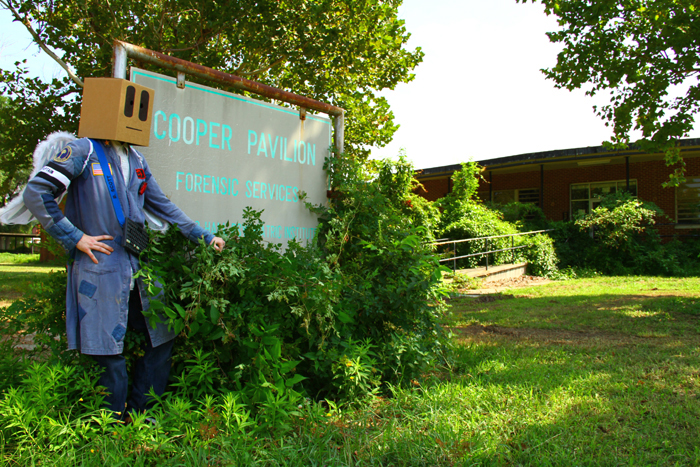
In 1952 Governor James F. Byrnes took aim at repairing the state mental hospital. Byrnes personally led legislators on a tour of the hospital in order to garner support for a bill to improve the hospital. |
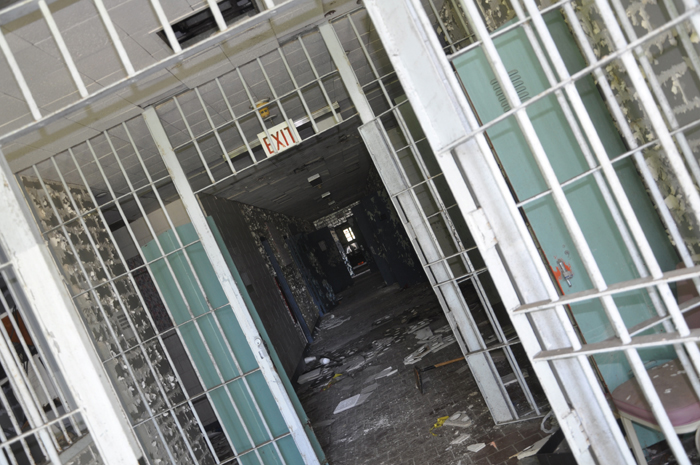
Byrnes' spiel worked and the General Assembly would approve some $11 million for hospital repairs and improvements. Part of those improvements included the construction of 4 new Maximum Detention Buildings. |
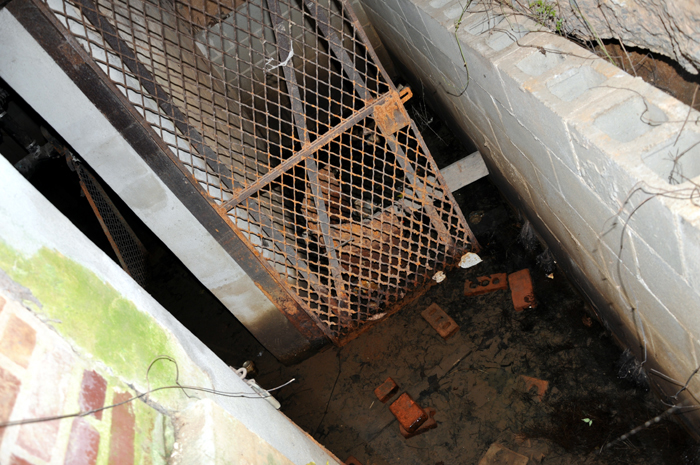
Those four buildings would be able to hold ~600 beds. Two of those four buildings (Cooper and Preston) were for men, and two (Allen and Saunders) were for women. Cooper would, over time, become the main forensic ward at the hospital. |
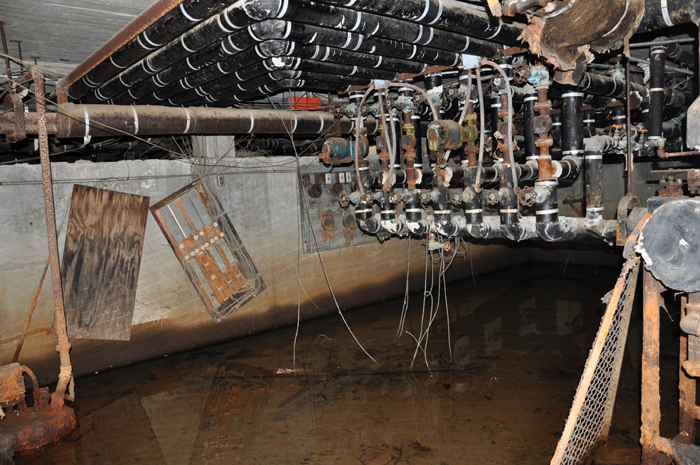
That meant that forensic patients that were deemed incompetent for trail were secured in Cooper until they were released for trial. By 1997 all 4 of the Maximum Detention Buildings were closed. |
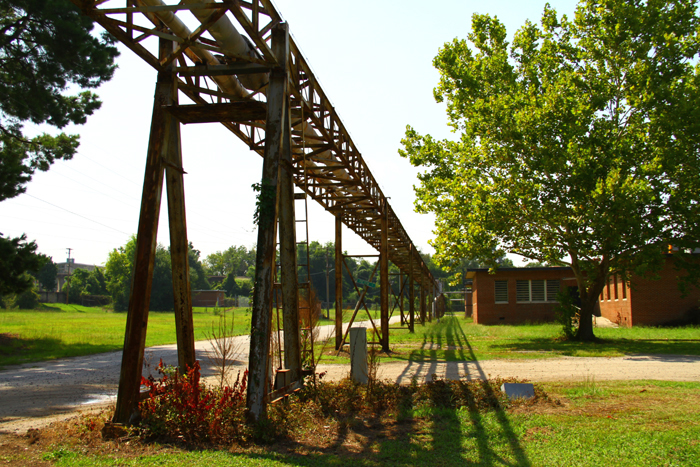
Today their basements are flooded and they are unlikely to survive the Bull Street development.
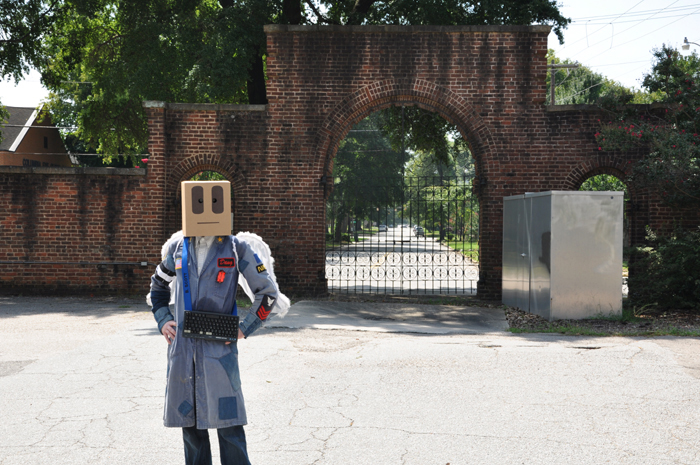
Slobot loves the old South Carolina State Hospital! Stay tuned for more of Slobot on Bull Street! Slobot would like to thank the South Carolina Department of Mental Health, its staff and especially its law enforcement division, digitizingbullstreet.com, Real Mexico and YOU! |
